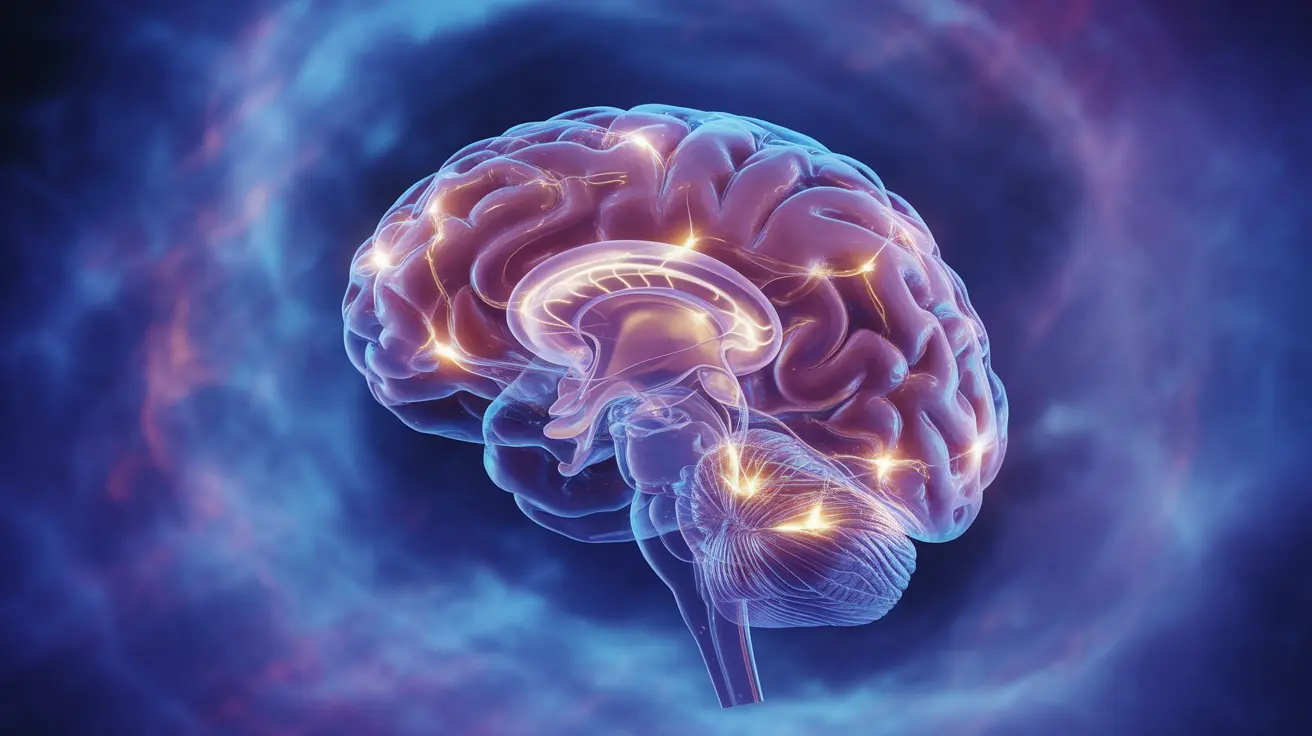Being ambidextrous - the ability to use both hands with equal skill - has long fascinated scientists, athletes, and the general public alike. This unique neurological trait affects approximately 1% of the population and represents a fascinating intersection of brain development, motor skills, and cognitive function. Understanding ambidexterity can provide valuable insights into brain plasticity and human capabilities.
Whether you're naturally ambidextrous or considering developing this skill, it's essential to understand both the potential advantages and challenges that come with this ability. Let's explore the science behind ambidexterity, its effects on cognitive function, and what research reveals about its impact on daily life.
Understanding Ambidexterity vs. Mixed-Handedness
While often used interchangeably, ambidexterity and mixed-handedness are distinct characteristics. True ambidexterity involves equal proficiency with both hands across all tasks. Mixed-handedness, however, refers to preferring different hands for different tasks - such as writing with the right hand but throwing with the left.
Research suggests that true ambidexterity is extremely rare, with most people who appear ambidextrous actually displaying mixed-handedness. This distinction is important for understanding how these traits affect cognitive development and daily functioning.
The Neuroscience Behind Ambidexterity
The brain's relationship with handedness is complex. In most right-handed individuals, language and fine motor skills are controlled predominantly by the left hemisphere. Ambidextrous individuals often show more balanced activity between both hemispheres, leading to unique patterns of brain organization.
This neural architecture can influence various aspects of cognitive processing, including:
- Memory formation and recall
- Spatial awareness
- Language processing
- Motor skill development
Benefits of Ambidexterity
Being ambidextrous can offer several advantages in specific situations:
Athletic Performance
In sports, ambidexterity can provide a competitive edge, allowing athletes to perform actions from either side and adapt quickly to different situations. This is particularly valuable in sports like basketball, tennis, and martial arts.
Musical Abilities
Musicians who develop ambidextrous skills often show improved coordination and greater facility with complex musical passages, particularly beneficial for instruments requiring independent hand movements.
Practical Advantages
Day-to-day benefits include:
- Adaptability when injured
- Enhanced motor skills
- Greater flexibility in task completion
- Reduced physical strain by alternating hands
Potential Challenges and Considerations
While ambidexterity may seem advantageous, research has identified some potential challenges:
Cognitive Considerations
Some studies suggest that forced ambidexterity training might impact natural cognitive development. It's important to approach such training carefully, especially in young children.
Learning Process
Developing ambidexterity requires significant time and dedication. The process can be frustrating and may temporarily affect performance in certain tasks while learning.
Training for Ambidexterity: Safe Approaches
For those interested in developing ambidextrous skills, consider these guidelines:
- Start with simple tasks like brushing teeth or eating
- Progress gradually to more complex activities
- Practice regularly but avoid forcing or rushing progress
- Listen to your body and avoid strain
- Focus on activities relevant to your goals
Frequently Asked Questions
What are the benefits and disadvantages of being ambidextrous, and how does it affect cognitive function?
Benefits include enhanced motor skills, adaptability in sports and music, and practical advantages in daily tasks. However, some research suggests possible cognitive trade-offs, including slightly different information processing patterns. The impact on cognitive function varies among individuals.
How can I train to become ambidextrous, and what are the potential health risks of doing so?
Training should begin with simple daily tasks and progress gradually. Potential risks include temporary coordination issues and muscle strain if training is too aggressive. It's important to maintain a balanced, patient approach and avoid forcing the process.
What are the differences between ambidexterity and mixed-handedness, and how do they impact daily activities?
True ambidexterity involves equal proficiency in both hands for all tasks, while mixed-handedness means preferring different hands for different activities. Mixed-handedness is more common and can offer practical advantages without the need for extensive training.
Can ambidexterity offer any advantages in sports or musical performance, and how does it affect overall coordination?
Yes, ambidexterity can provide significant advantages in sports and music by enabling greater adaptability and expanded technical capabilities. It often leads to improved overall coordination and body awareness.
Are there any specific neurological or psychological conditions associated with ambidexterity, such as ADHD or emotional imbalances?
Some studies have suggested possible correlations between ambidexterity and certain neurological conditions, but these relationships are not fully understood and vary significantly among individuals. It's important to note that correlation does not imply causation.




